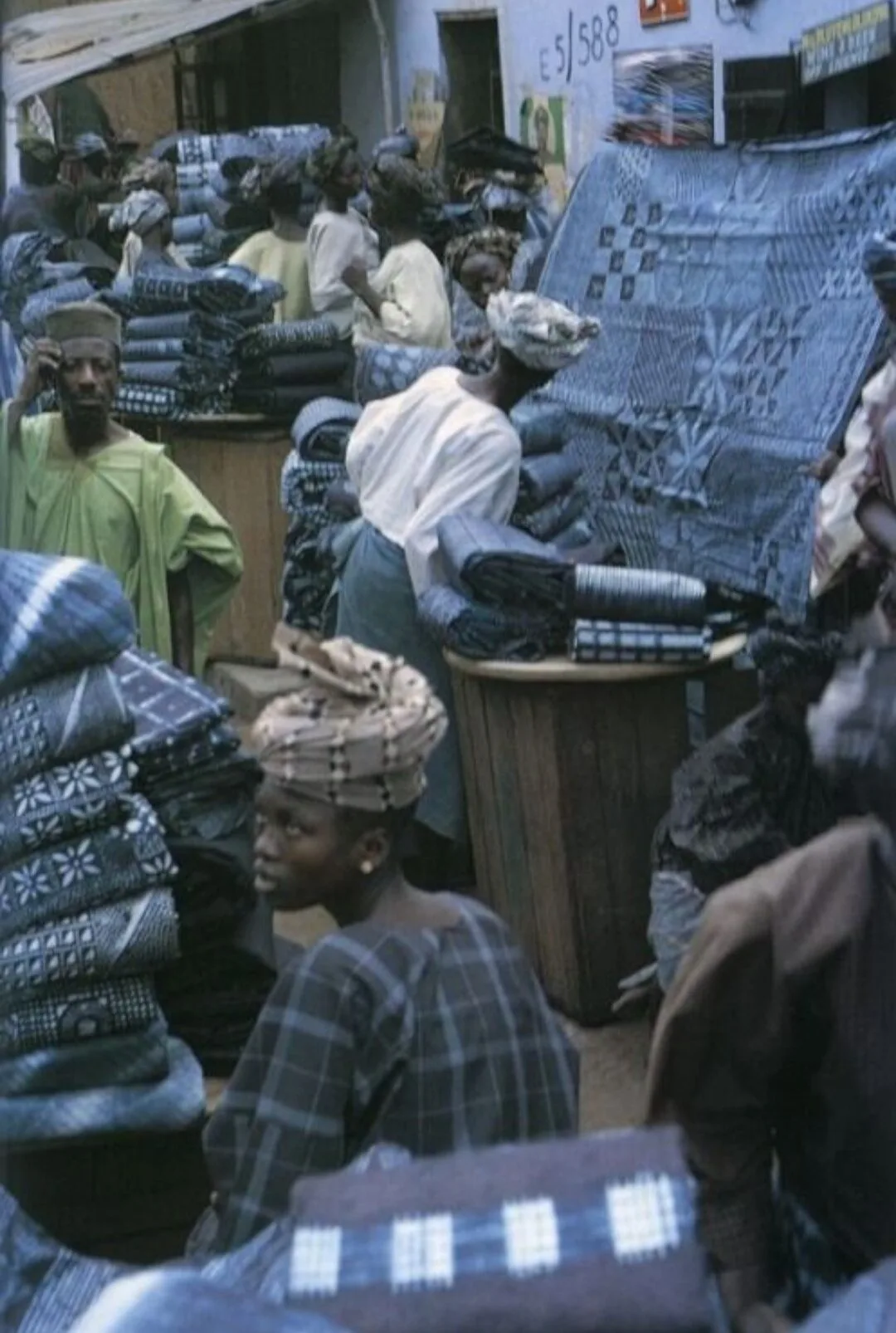
African textile traditions are among the most vivid and meaningful aspects of the continent’s cultural heritage. Rich in symbolism, technique, and history, these traditions transcend mere functionality, offering deep insights into African identity, storytelling, and artistic innovation. From loom-woven kente cloth in Ghana to the resist-dyed adire of the Yoruba, textiles are powerful artifacts that preserve and express community values, spirituality, and creativity.
In this article, we explore seven fascinating ways African textile traditions continue to influence and define African art.
Storytelling Through Threads: African Textile Traditions
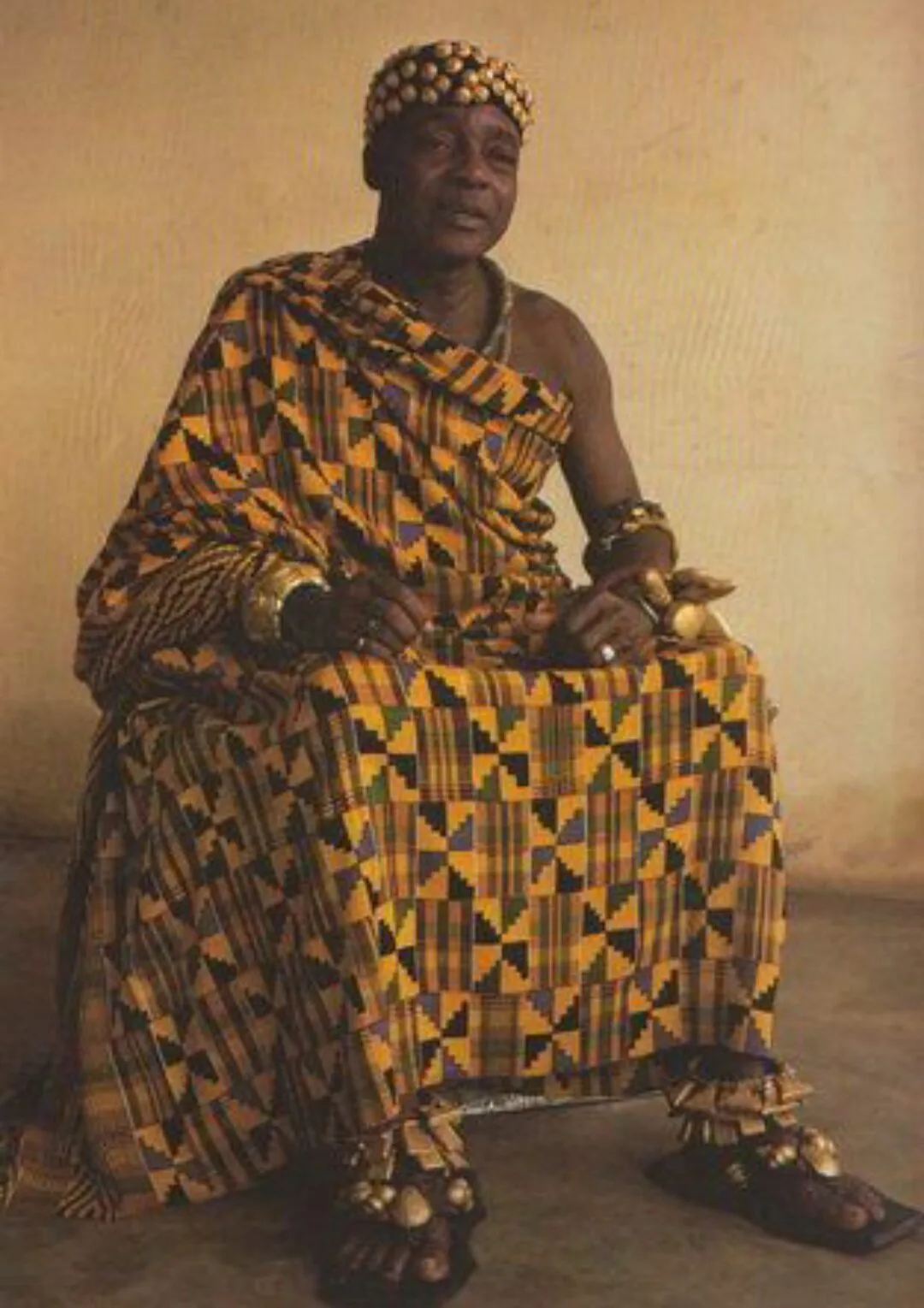
Traditions are living stories passed down through generations. In many communities, textiles are not just worn but "read"; each color, motif, and pattern holds meaning. Among the Ashanti of Ghana, for instance, each kente design tells a specific story or proverb, such as “Eban,” symbolizing safety and security in one’s home. These narrative designs serve as visual representations of oral histories, helping to preserve cultural memory through the artistry of cloth.
Sacred and Ceremonial Significance
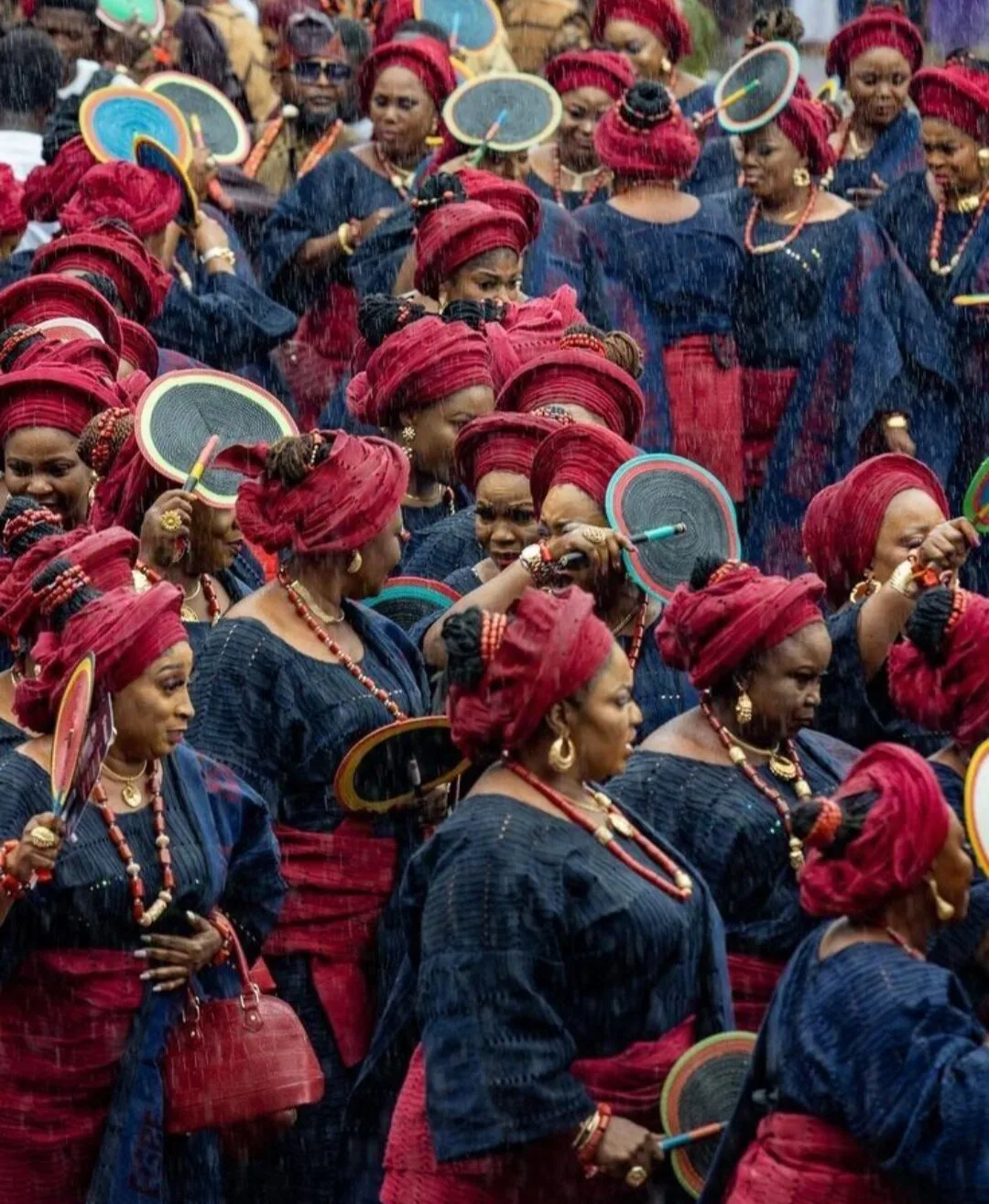
Textiles often play vital roles in African religious and ceremonial life. Among the Yoruba of Nigeria, aso-ebi (uniform dress for ceremonies) symbolizes unity and support within families and communities.
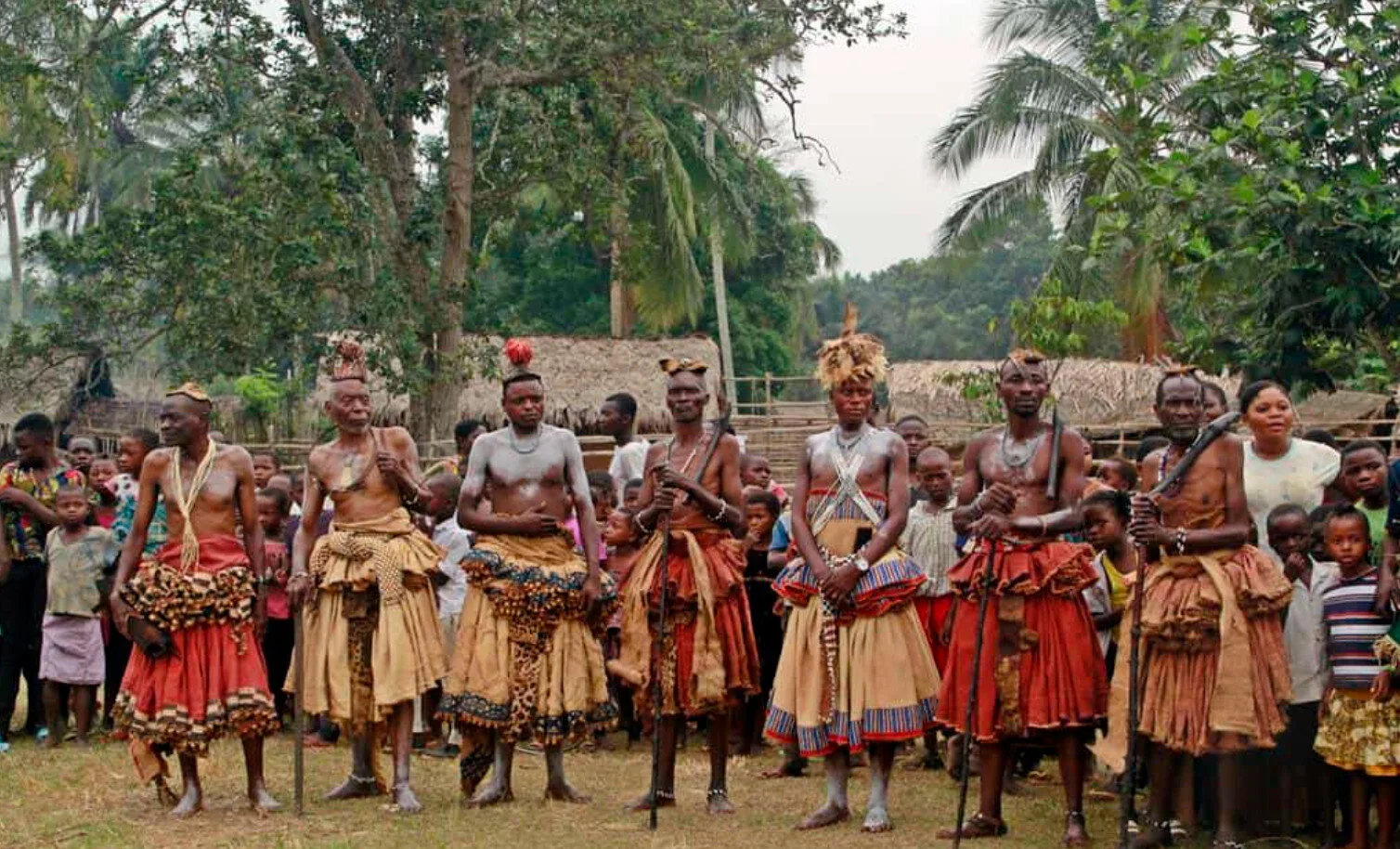
Likewise, raffia cloths used by the Kuba people of the Democratic Republic of Congo are integral to initiation rites, funerals, and royal displays. The sacred quality of these textiles elevates them from decorative objects to tools of spiritual engagement and cultural continuity.
Diverse Weaving Techniques and Regional Styles
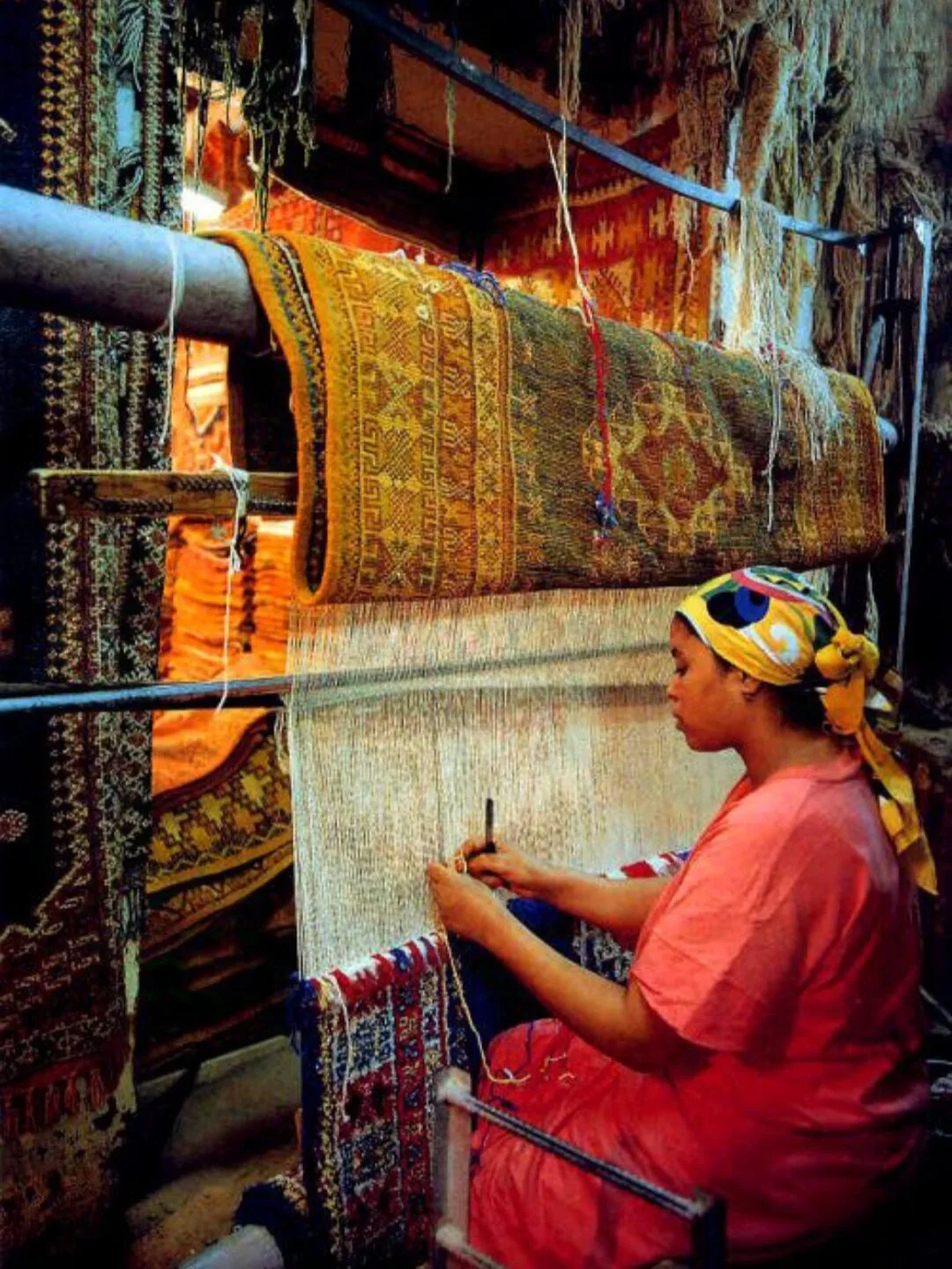
The continent boasts of variety of weaving traditions, with techniques unique to different ethnic groups. The narrow-strip weaving of the Ewe and Ashanti people in West Africa produces intricate, multicolored patterns.
In contrast, the Berbers of North Africa are renowned for their bold, geometric rug designs, while the Dida people of Côte d'Ivoire weave bark cloth with symbolic imprints. This variety speaks to the ingenuity and cultural richness embedded in African textile artistry.
Eco-Friendly and Sustainable Practices

Traditional African textiles often use sustainable and locally sourced materials like cotton, wool, raffia, and bark. Natural dyes, derived from plants, minerals, and insects, provide vibrant hues without the use of synthetic chemicals. The Yoruba’s indigo-dyed adire, for example, uses cassava paste and fermented indigo leaves. These environmentally conscious practices highlight the continent’s age-old wisdom in sustainability, principles modern industries are only beginning to re-embrace.
A Global Influence on Contemporary Art and Fashion
The legacy of African textile traditions extends far beyond the continent. Modern African designers and visual artists frequently incorporate traditional weaving and dyeing techniques into contemporary works. These creative interpretations are not merely nostalgic but serve as powerful acts of cultural reclamation and pride. Designers such as Lisa Folawiyo, Laduma Ngxokolo, and Loza Maléombho are redefining luxury fashion through African textiles, merging heritage with futuristic silhouettes, global aesthetics, and innovative cuts.
Artists, too, have embraced textiles as a language of commentary and identity. Renowned Ghanaian artist El Anatsui has used discarded textile remnants, particularly bottle caps and metallic foils, to create shimmering installations that resemble woven cloths. His works explore themes of waste, colonialism, and transformation, positioning African textile motifs within global discourses on environment and consumerism.
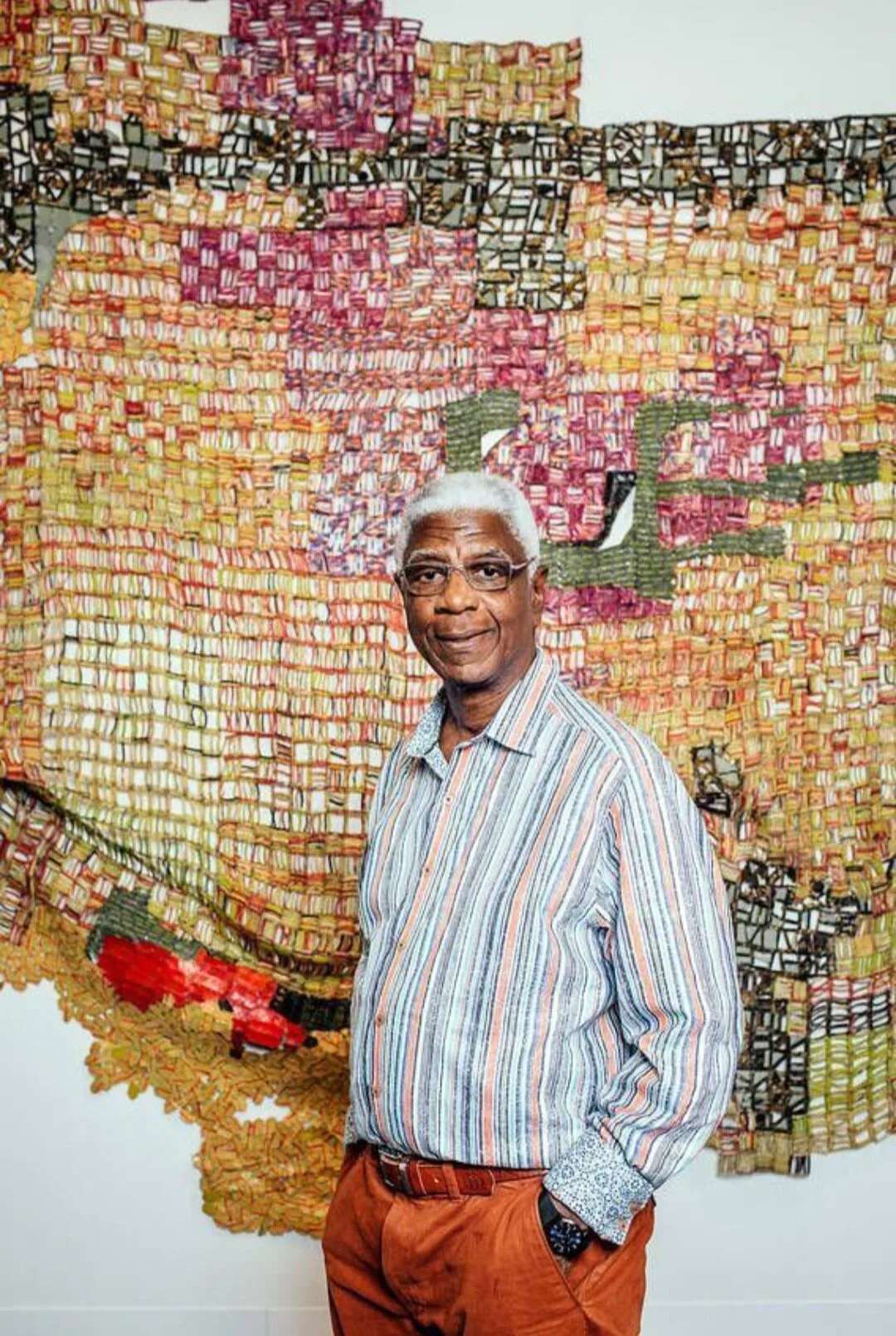
Additionally, luxury fashion houses like Dior and Stella McCartney increasingly reference African prints and patterns, drawing inspiration from wax prints, bogolanfini (mud cloth), and woven designs. While this growing recognition helps elevate African design on the world stage, it also sparks necessary conversations around cultural appropriation versus cultural appreciation. At its best, this global interest reinforces the significance and resilience of African textile traditions, giving them new life in markets far from their origins.

Empowering Women and Preserving Heritage
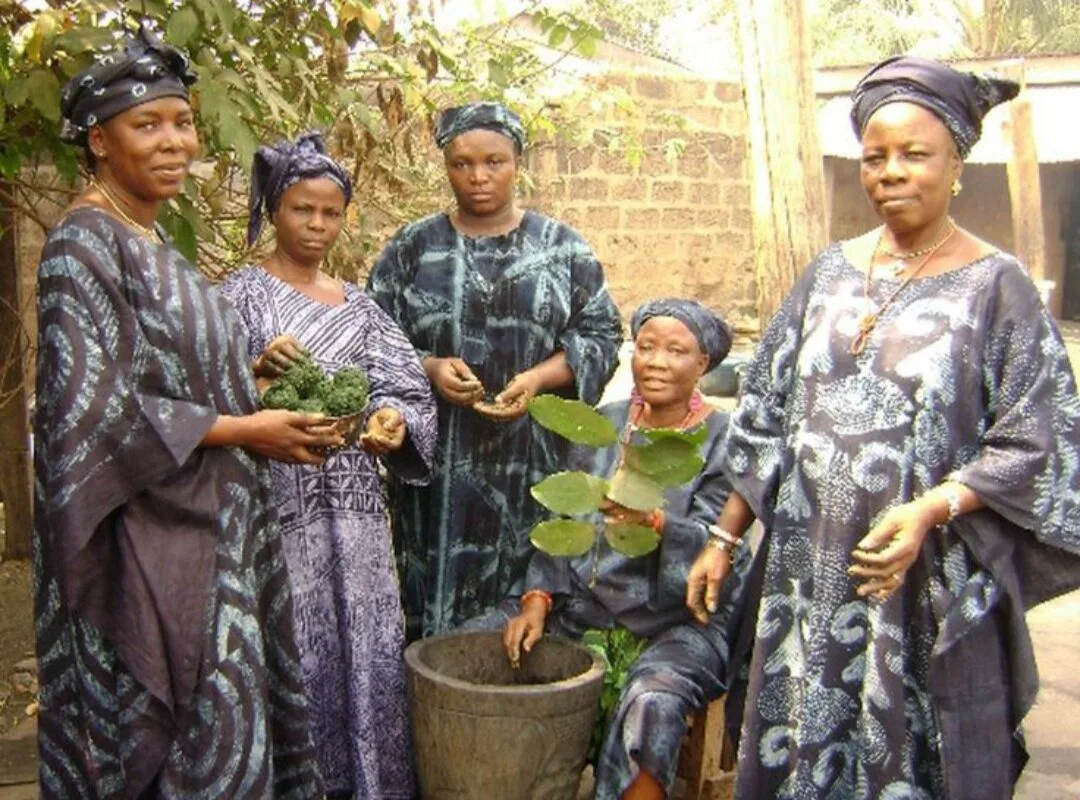
In many African societies, women are the custodians of textile knowledge. Whether through dyeing, spinning, or weaving, their artistry sustains family economies and protects cultural heritage. Organizations and cooperatives across the continent now work to empower women artisans by connecting them to global markets, ensuring that age-old traditions remain alive and profitable. Through textile art, women reclaim agency, creativity, and financial independence.
Textile-Inspired Architecture and Interior
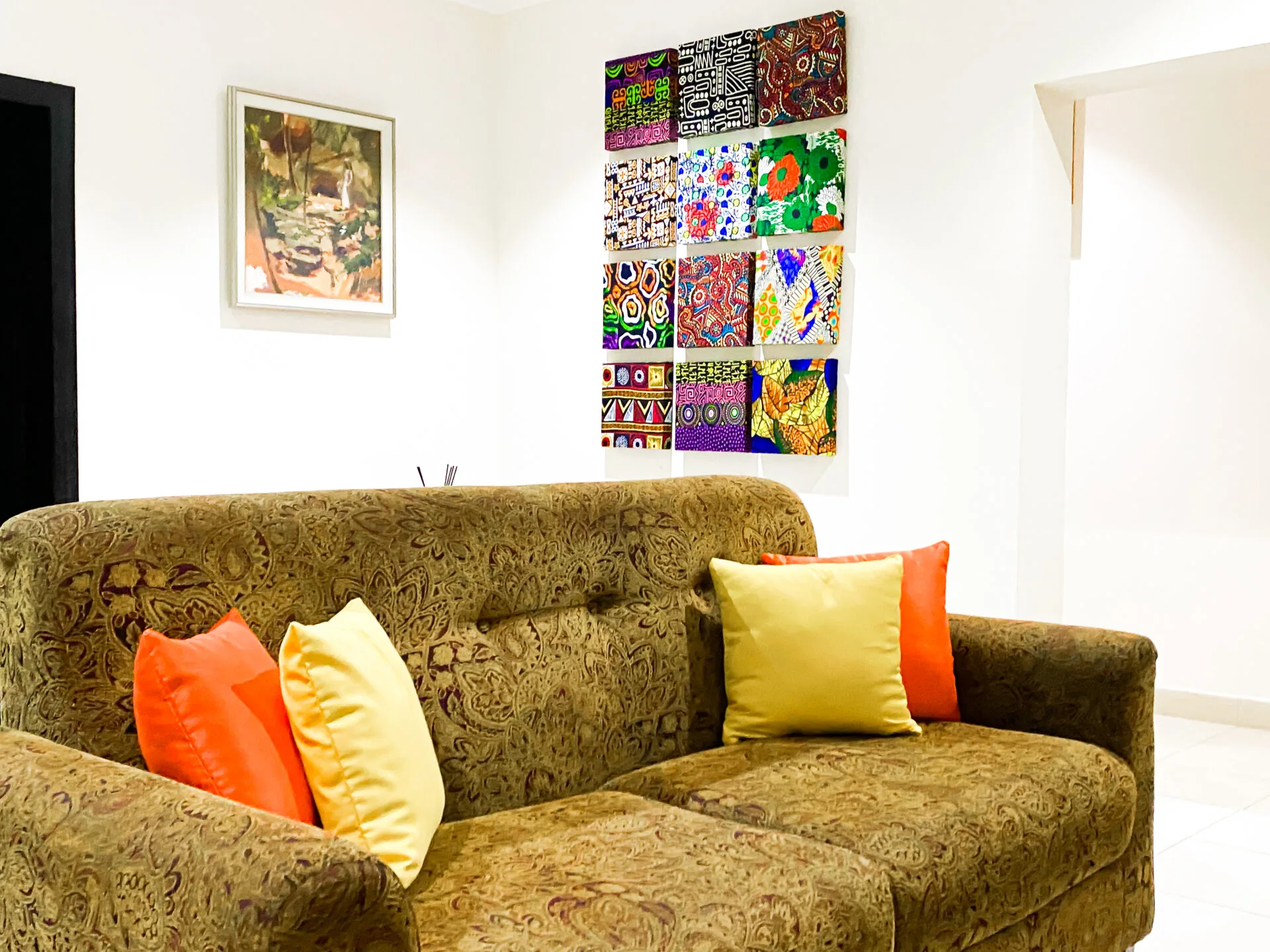
African textile traditions influence more than just clothing and fine art; they also shape modern interior design and architecture. Homes and accommodations like ChallawaRiver Homes incorporate African-inspired patterns, color schemes, and textures into décor. Guests can experience African textile aesthetics through wall hangings, handwoven upholstery, and curated art pieces. This immersive design approach bridges traditional craftsmanship with contemporary luxury, offering a culturally enriched living space.
African textile traditions are vibrant expressions of identity, heritage, and creativity. They are not just cultural artefacts but living elements of African life that continue to evolve and inspire. From sacred ceremonies to global art galleries, from rural looms to premium serviced apartments like ChallawaRiver Homes, these fabrics weave together the stories of the past and visions for the future. As we continue to explore African art, the threads of textile traditions will always lead us back to the heart of the culture, woven, resilient, and richly adorned.
Experience the Art You Can Feel
Ready to immerse yourself in the beauty of African textile traditions beyond the page? Book a stay at ChallawaRiver Homes, where art meets hospitality. Walk through spaces adorned with culture, comfort, and carefully curated African design. Feel the fabric of a continent, woven into every corner.